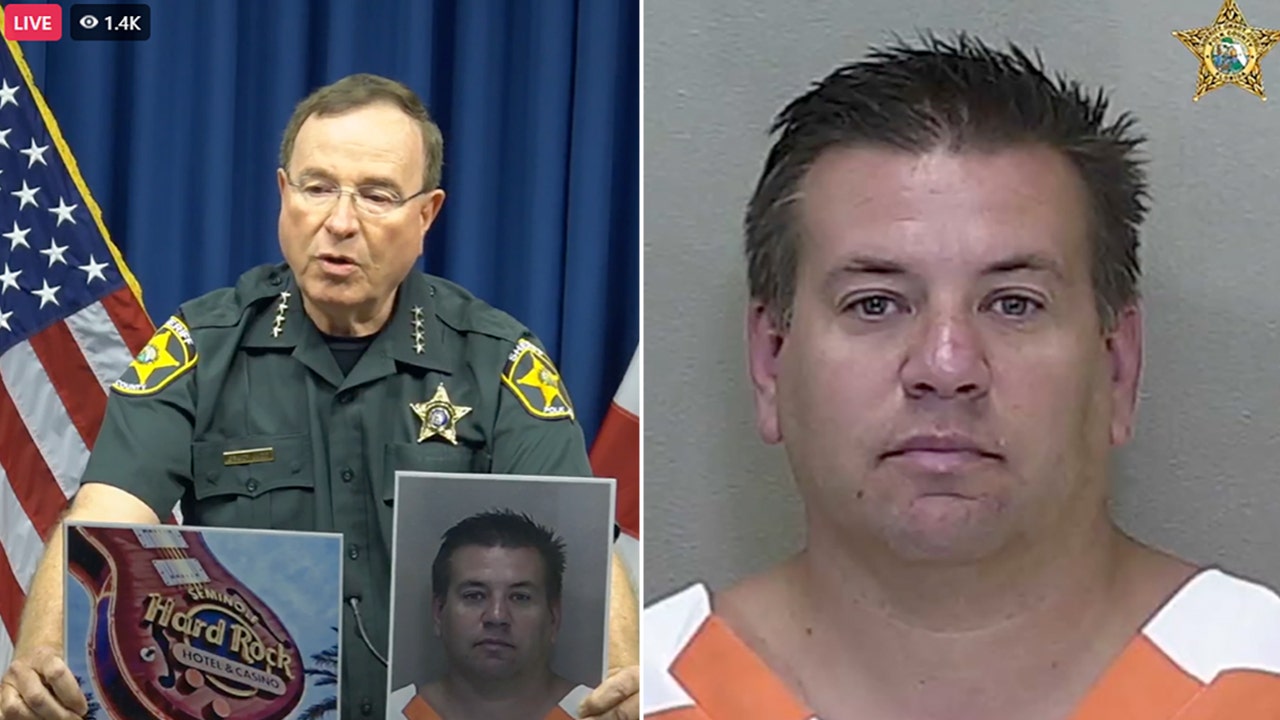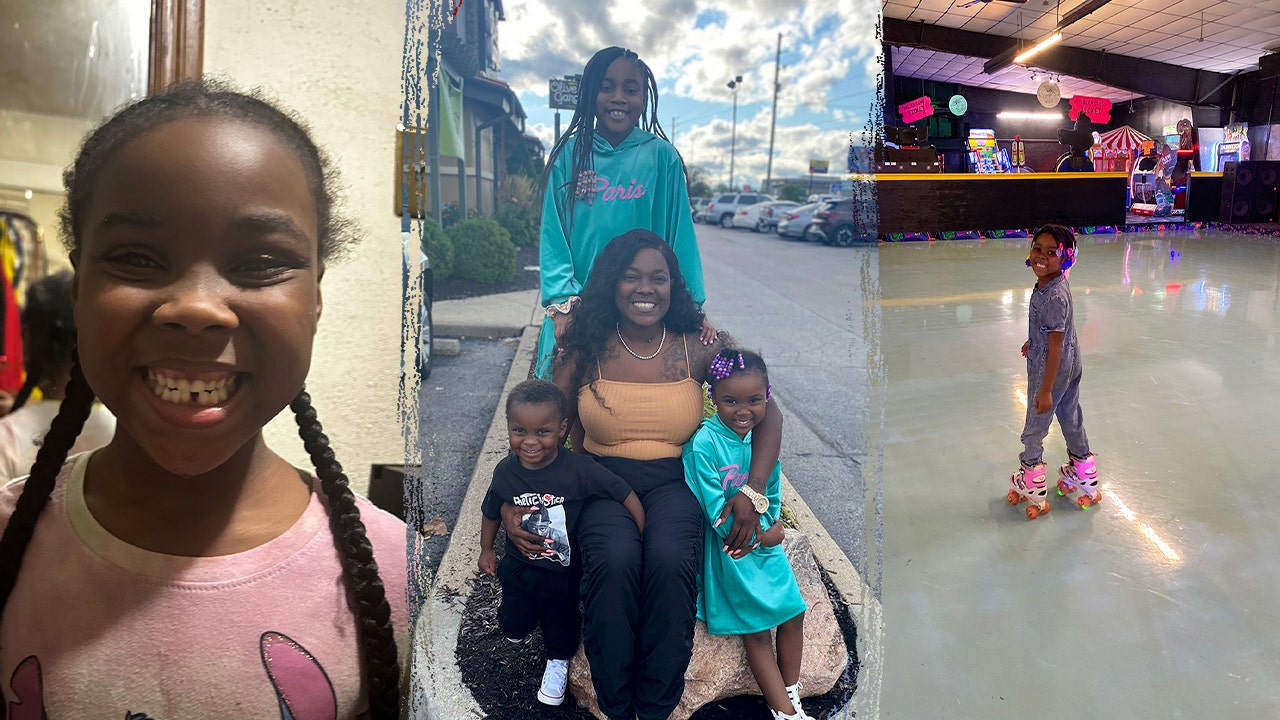As a charter-bus operator and a die-hard independent voter in Phoenix, Bj Brooks knows a lot about changing lanes.
She was once a registered Republican who voted for Sen. John McCain. Then she became a big fan of Senator Kyrsten Sinema, the Democrat who dropped out of the party to become an independent, then announced last week she was dropping out of the Senate race.
Some independent voters in Arizona said they feel as though they have lost a champion. Although Ms. Sinema infuriated many onetime supporters, moderate voters said she spoke for a slice of the country that aches for compromise and feels alienated both from the Democrats and from the Republicans.
“We needed her,” Ms. Brooks said. “They bashed her and bashed her from both sides. She had nobody fighting the fight with her.”
In more than a dozen interviews, voters who stuck with Ms. Sinema and recently donated to her campaign fund said they had hoped she would defy the political gravity of her declining poll numbers and run for re-election this year in a three-way race — if only to give independents another option.
Now they worry that replacing a politician who they saw as a deal-making centrist in the Senate with a more partisan senator could yank American politics farther to the left or right.
Ms. Sinema helped hammer out bipartisan laws on infrastructure and guns, but she also thwarted key parts of the Democratic agenda before leaving the party altogether to become an independent.
The number of independent voters in historically Republican Arizona has edged up over the past few years, as fewer voters choose to register with either major party.
The state’s 1.4 million voters listed as “other” now make up 34 percent of Arizona’s electorate, far outnumbering Democrats and only slightly behind the number of registered Republicans. While many independent voters are partisans without the label, others sit in the winnable middle.
The likely Democratic and Republican nominees to replace Ms. Sinema — Rep. Ruben Gallego of Phoenix and Kari Lake, a Trump-endorsed former candidate for governor — are already scrambling to win over Ms. Sinema’s supporters.
Each campaign issued conciliatory statements about Ms. Sinema after she dropped out of the race last week. Mr. Gallego, who had previously called her a “corporate sellout” who was unfit to lead Arizona, thanked her for her service. Ms. Lake, who had accused Ms. Sinema of being partly to blame for the border crisis, said “I know she shares my love for Arizona.”
Polls suggested that Ms. Sinema would have drawn about 25 percent of voters in a potential three-way race. Political strategists said that more of them were now likely to turn to Mr. Gallego than to Ms. Lake.
But the election may now hinge, the strategists said, on which campaign is better at portraying the other as extremist, and on whether Mr. Gallego or Ms. Lake can better appeal to Arizona’s center on issues like border security, inflation and abortion.
In interviews with a dozen Sinema voters — Democrats, independents and moderate Republicans — most said they would vote for Mr. Gallego.
Some said he was too liberal, but they balanced his service as a Marine against their concerns. Independents and moderate Republicans said they liked Ms. Lake’s promises to crack down on fentanyl smuggling, but they said they had not forgiven her for telling McCain Republicans to “get the hell out” at a campaign rally during her failed run for governor in 2022. Ms. Lake has said the statement was in jest.
Alan F. Castillo, a former Marine who voted for Mr. McCain, said he was drawn to Mr. Gallego largely because of his military background. Even so, he said, he felt torn between the two candidates, who he said appear to spend all day squabbling on social media like “two 6-year-olds in each corner.”
William K. Perry, a fourth-generation farmer who grows alfalfa in the Harquahala Valley of western Arizona, said he was leaning toward Mr. Gallego, but found the choice frustrating. “Ruben is pretty far to the left, and Kari is pretty far to the right,” he said. “I don’t know why more people wouldn’t embrace somebody in the middle.”
Some liberal activists said it had been years since they had been able to reach Ms. Sinema. But Mr. Perry said the senator always responded to him. When he needed to discuss a section of tax legislation during Mr. Trump’s administration, she had her staff reach out. When Mr. Biden was elected, she helped Mr. Perry get a place on a farm committee, he said.
Ms. Sinema, a social worker, entered politics in the early 2000s as an antiwar activist affiliated with the Green Party. But after losing her first race by a wide margin, she joined the Democratic Party and began what analysts called a long upward march toward the political center, modeled after the maverick image of Mr. McCain. Ms. Sinema calls him a personal hero.
In 2018, she became the first Democrat elected to the Senate from Arizona since the 1980s. She accomplished the feat by running as a conservative Democrat who attracted just enough independents and moderate Republicans who were repulsed by former President Trump.
But she drove away her own supporters after she gave a thumbs-down on a vote to raise the minimum wage as part of a Covid relief bill. They seethed after she blocked efforts to set aside the filibuster to pass voting-rights legislation, and protected a tax loophole that benefits wealthy investors. Liberal activists criticized her for taking millions of dollars in donations from the financial industry and wealthy corporate donors.
Republican leaders praised her as an effective deal-maker, but Republicans ultimately killed her bipartisan border-security bill.
“Kyrsten Sinema did so much for Arizona, but in this time of tribalism, she was a woman without a political home,” said Barrett Marson, a Republican strategist in Phoenix.
Alejandra Gomez, the executive director of LUCHA Arizona, a progressive activist group, said the senator abandoned Democratic voters long before they left her. She said Latino volunteers played a pivotal part in Ms. Sinema’s 2018 victory by knocking on 1 million doors to turn out voters, but the senator declined to attend a thank-you event for their volunteers.
“Her door was closed to us,” Ms. Gomez said. “She was no longer listening.”
Ms. Sinema’s office said the senator met regularly with LUCHA and its members in her first years in office. Her relationship with liberal supporters deteriorated, though, when activists who hoped to pressure Ms. Sinema on voting rights and climate change started protesting at her offices.
Juliana Rivera Horwin, 71, an independent voter and retired sixth-grade teacher and union leader in Scottsdale, said she had known Ms. Sinema since the senator was a social worker calling for more help for her low-income Phoenix school.
She credited Ms. Sinema with bringing in federal money to build battery factories, solar arrays and microchip plants across Phoenix, and had hoped to vote for Ms. Sinema in a three-way race. She gave money to Ms. Sinema’s campaign, even though Ms. Sinema’s fund-raising numbers had recently dropped and she had taken no steps to gather signatures to get on the ballot in 2024.
“I’m not interested in party,” Ms. Horwin said. “I’m really interested in who’s going to get the job done. I’d be voting for her.”
Stephanie Rimmer, a moderate Democrat who runs a lighting business in Scottsdale, said she felt that Ms. Sinema had been hounded out of the Senate for governing like a centrist, and for creating a political home for voters who supported abortion rights as well as border security, and who did not spend every day on television. She hopes her successor will follow Ms. Sinema’s mold and leave their political party.
“It’s very sad for our country to see her have to retire,” Ms. Rimmer said. “There’s not room for people like us.”






